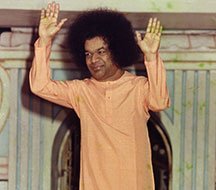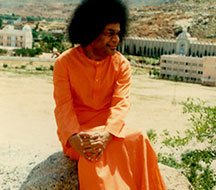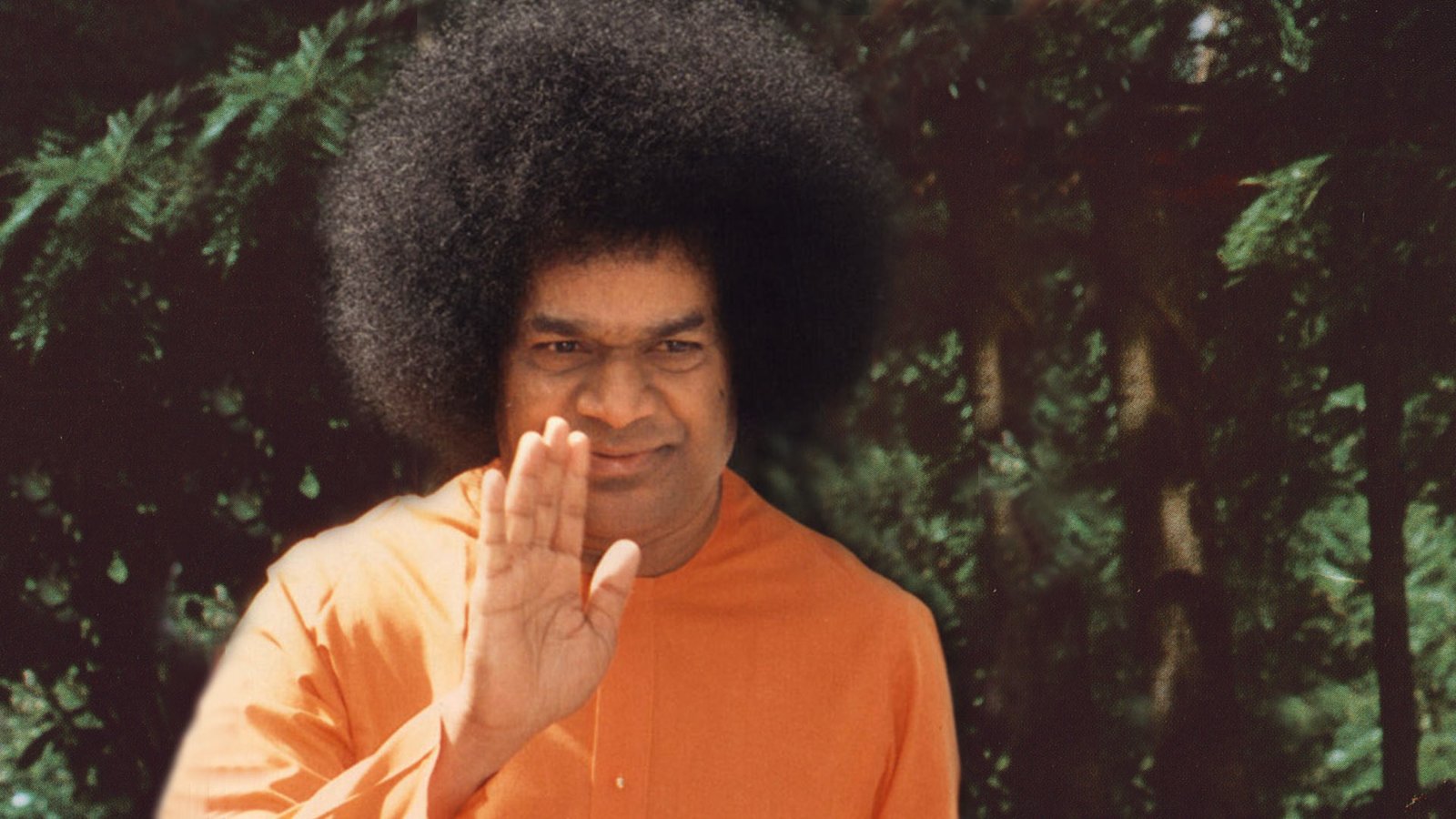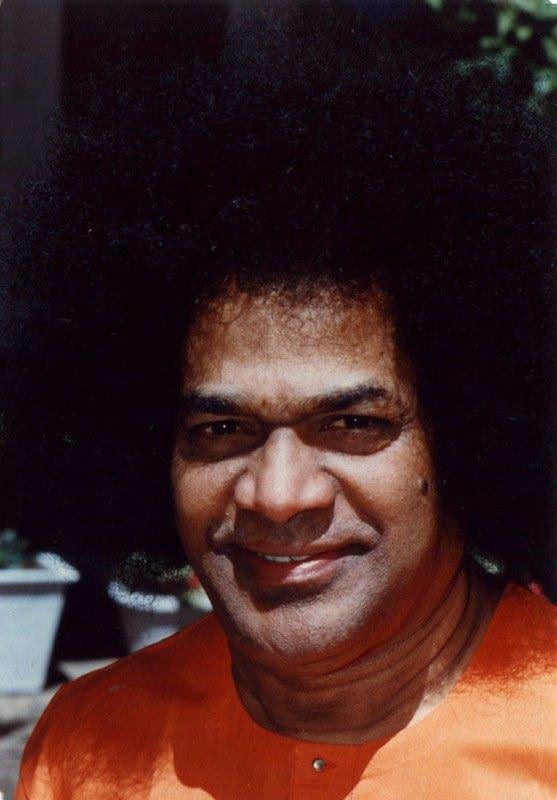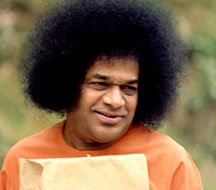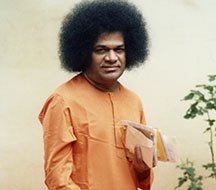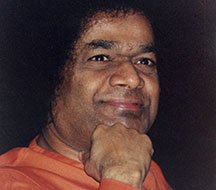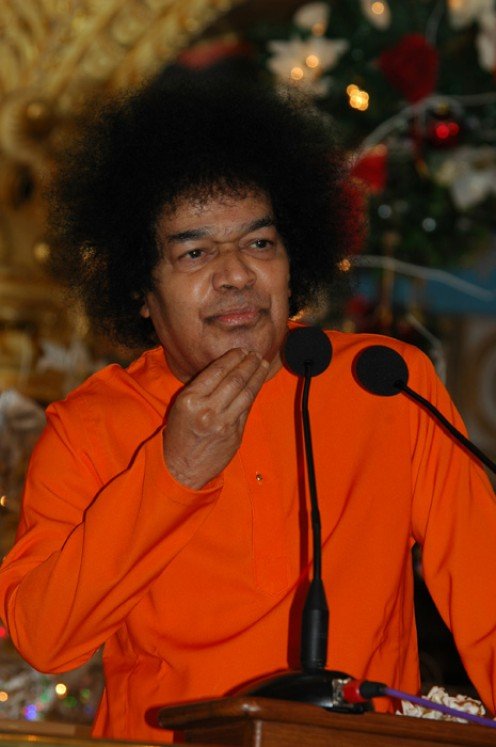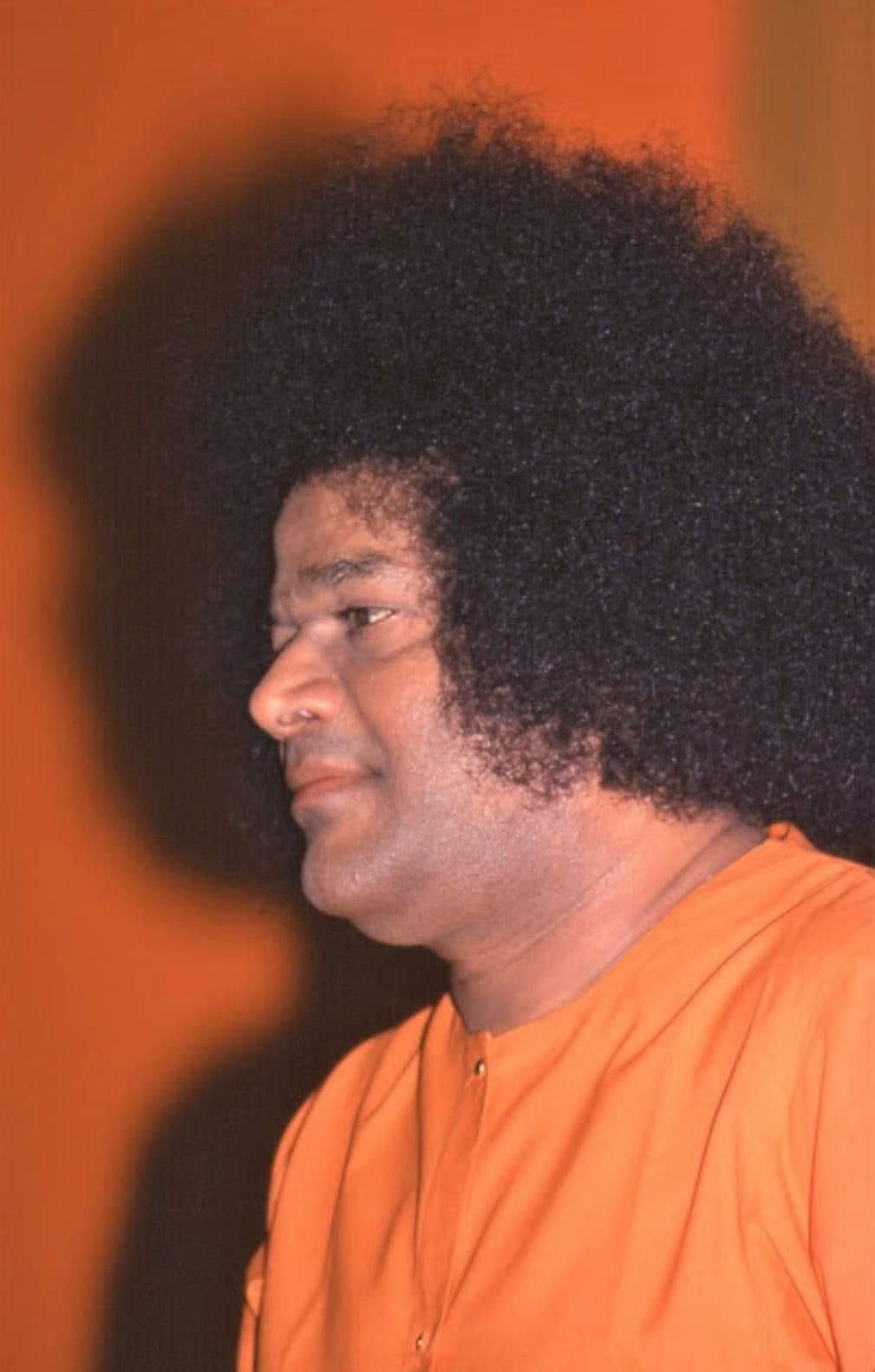Usana Smriti

The Usana Smriti, attributed to Sage Usana (another name often associated with Shukra, the preceptor of the Asuras), is one of the 18 principal Dharma Smritis in the Hindu tradition. It is considered an important text for understanding dharma, law, and social ethics. Composed probably between the 3rd and 6th century CE, the Usana Smriti focuses on providing practical guidance for householders, rulers, and priests, emphasizing the connection between moral conduct, social order, and spiritual growth. Like other Smritis, it covers the three traditional branches of dharma: Ācāra (conduct), Vyavahāra (law and social regulations), and Prāyaścitta (penances and expiations).
The content of the Usana Smriti includes detailed guidance on the duties of students, householders, ascetics, and kings, with specific rules regarding marriage, inheritance, property rights, purity, funeral rites, and family responsibilities. A large portion is devoted to Prāyaścitta, prescribing penances for sins such as theft, false speech, neglect of rituals, or breaches of social and caste duties. The text emphasizes ethical virtues such as truthfulness, non-violence, charity, devotion, and respect for elders and teachers, reflecting a holistic approach to dharma where moral discipline, social conduct, and spiritual practice are integrated.
In terms of significance, the Usana Smriti was respected by later medieval legal digest writers (Nibandhakāras) and frequently cited in discussions of domestic law, ritual observances, and ethical duties. While it was not the primary legal authority in royal courts like Yājñavalkya or Nārada Smriti, it provided practical guidance for everyday life, especially for householders and scholars. Today, the Usana Smriti is studied as part of the broader Dharmaśāstra tradition, valued for its clarity, ethical guidance, and integration of law with morality and spirituality, offering insight into how ancient Indian society maintained dharma in both domestic and public life.

